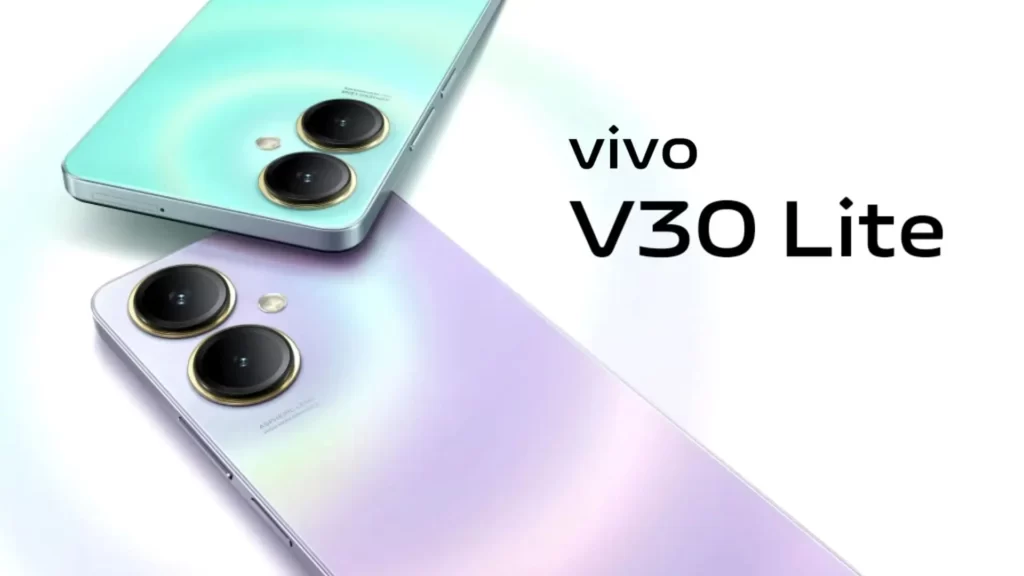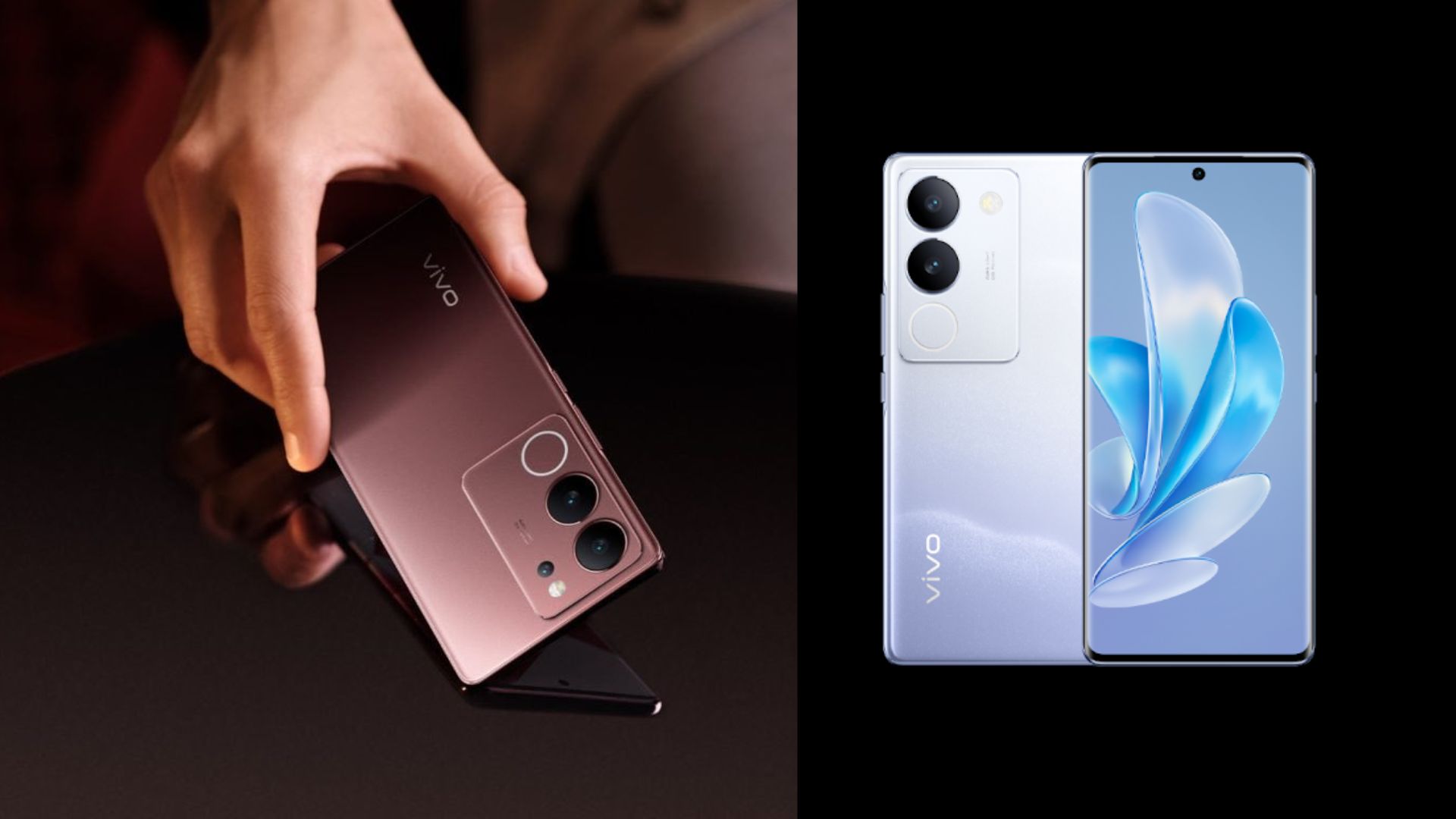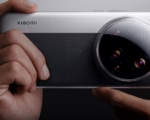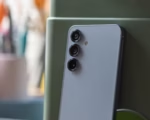Performance Boost: Rumored Vivo V30 Lite Likely to Feature Qualcomm Snapdragon 695 SoC
The anticipation for the upcoming Vivo V30 Lite is growing as the phone has reportedly made an appearance on the Google Play Console, hinting at an imminent market debut. Serving as a successor to the Vivo V29 Lite unveiled in June, which featured a Qualcomm Snapdragon 695 SoC, the V30 Lite is expected to continue in the same performance trajectory. Additionally, the smartphone is speculated to draw parallels with the Vivo V29e, released in India in August.
As per a report from 91Mobiles, the Google Play Console listing offers insights into the key specifications of the Vivo V30 Lite. The device is likely to be powered by a Qualcomm Snapdragon 695 SoC, maintaining continuity with its predecessor.
According to the report, the phone is poised to offer a generous RAM capacity of up to 12GB, running on the Android 13-based FuntouchOS. Display-wise, users can expect a screen with a resolution of 1,080 x 2,400 pixels, delivering a pixel density of 440 ppi.
In terms of power, the Vivo V30 Lite is rumored to house a robust 4,700mAh battery with 44W wired fast charging support. The available configurations may include 8GB + 256GB and 12GB + 256GB.

Connectivity options are expected to cover 5G, dual-band Wi-Fi, NFC, Bluetooth, and USB Type-C. While the phone is anticipated to share similarities with the Vivo V29e, certain hardware changes are likely to be introduced, further enhancing the user experience.
Notably, the Vivo V29 Lite launched with a Qualcomm Snapdragon 695 SoC paired with 8GB of RAM and 128GB of onboard storage. The phone packs a 5,000mAh battery with 44W wired fast charging support. The Vivo V29e also came with the same processor and battery specifications but offered up to 256GB of inbuilt storage.
The Vivo V29e sports a 6.78-inch full-HD+ (2400 x 1080 pixels) display with up to 120Hz refresh rate. It gets a dual rear camera unit with a 64-megapixel primary sensor with optical image stabilisation (OIS) support and an 8-megapixel sensor with an ultra-wide-angle lens. It also has a 50-megapixel front camera.


















